How to Buy and Run a World-Class Winery
Make your fine wine-fueled dreams a reality.
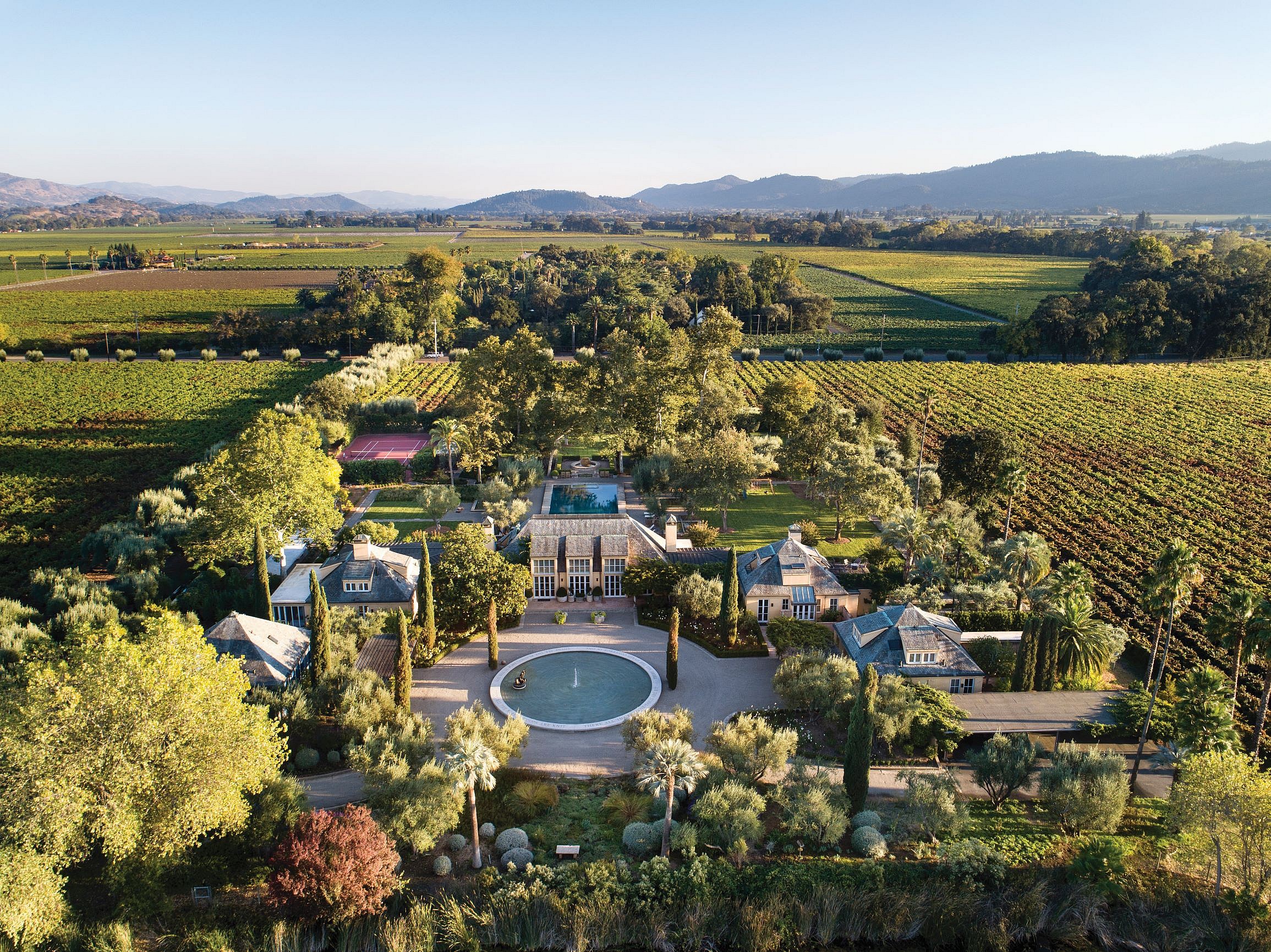
For the truly wealthy, one elegant solution to increased tariffs on French wine readily presents itself: buy your own vineyard. Despite burgeoning interest and a surge in acquisitions eating into available inventory, there are over 80 vineyards and wine estates currently listed for sale with Vineyards-Bordeaux, the Christie’s International Real Estate affiliate and market leader located in what is arguably the world’s most famous wine region.
Chinese buyers now own about 170 vineyard estates, or châteaux, in Bordeaux, Vineyards-Bordeaux cofounder and executive partner Michael Baynes tells Maxim—billionaire Jack Ma, China’s richest man, reportedly owns several of them—and the uptick in investment means that “Bordeaux wine estates are more popular today than we have seen for a long time.” Which we predict also means that prices will only go up from here.
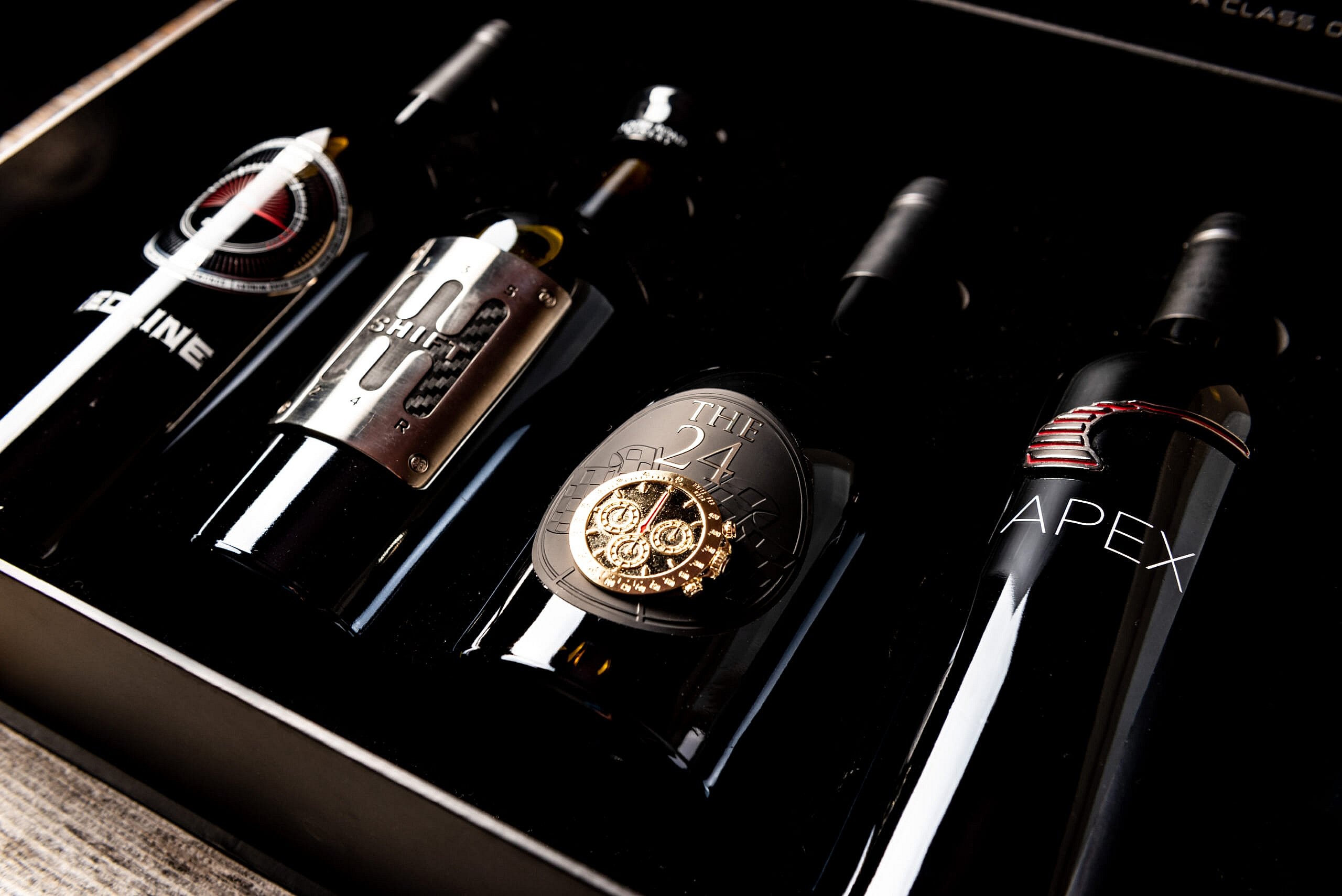
As an example, an attractive property with a historic mansion with origins dating back to the late 1700s and about 200 acres, a quarter of which is planted with the classic Bordeaux blend of Merlot, Cabernet Franc and Cabernet Sauvignon, is listed for about $4.5 million.
Of course France is just one of the world’s great wine-producing countries that also offers attractive luxury real estate opportunities. The oenophile investor has options including Tuscany in Italy, Argentina’s Mendoza and the Napa Valley, to name a famous few. Baynes points out that selecting a vineyard depends on an investor’s personal goals and business strategy.
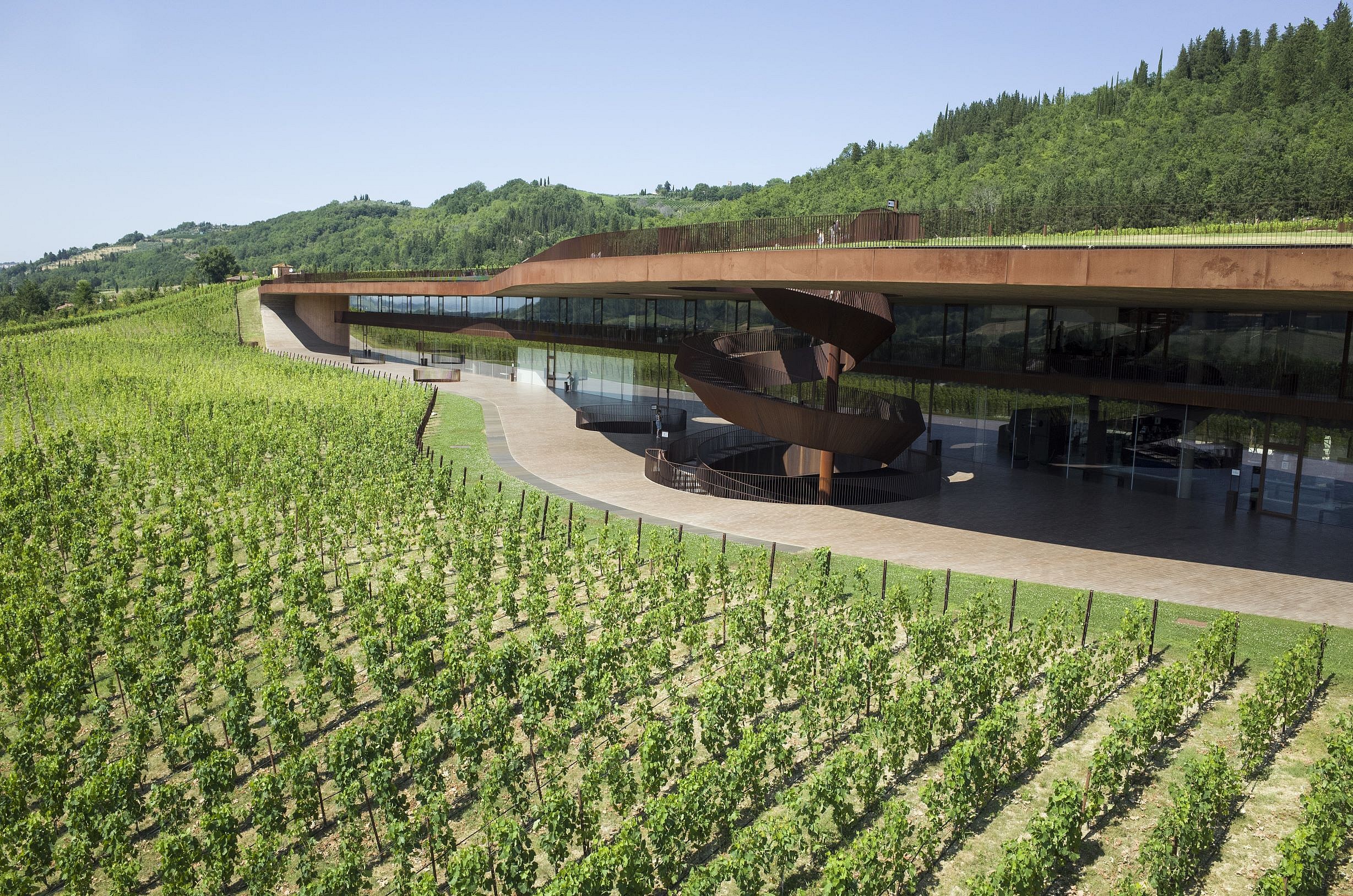
His clients’ wishlist often includes a desirable residence, attractive landscape, vines producing top-quality fruit, well-stocked cellars, state-of-the-art equipment and a fully operational winery with “strong Parker points”—referring to Robert Parker, the world’s most influential wine critic.
While some buyers may be primarily interested in enjoying the wine produced on their estate themselves, Baynes points out that with an average yield of 6,000 bottles per hectare (about 2.5 acres) of vineyard, “even a tiny estate produces much more than private consumption would cope with, even [by] the most ambitious of wine drinkers.”
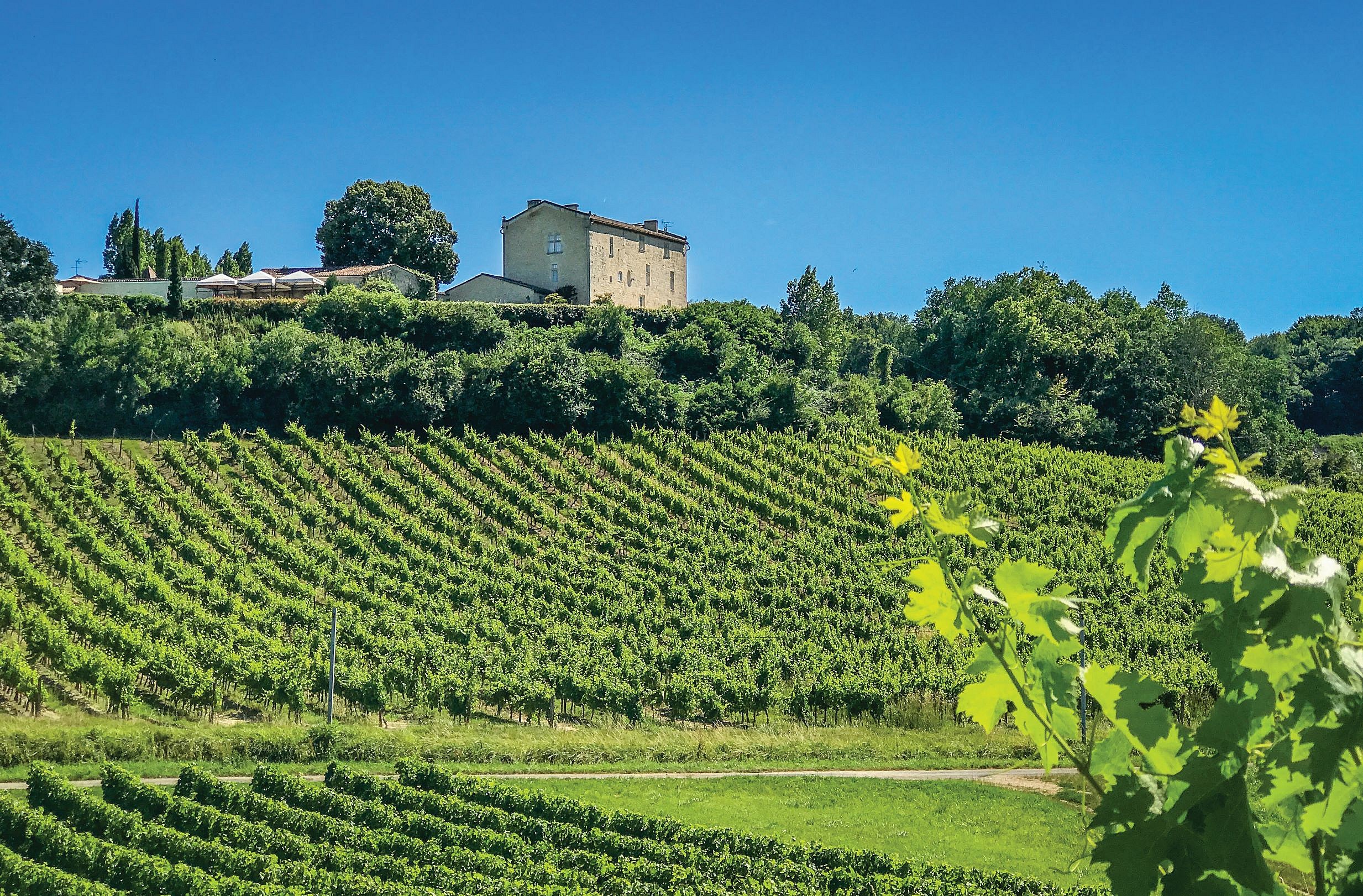
If you can sell your wine for a higher price than its production cost, there’s an opportunity to earn a significant return on your investment; just look to Château Miraval, the Provençal vineyard estate purchased by Brad Pitt and Angelina Jolie in 2011, whose rosé has become a major success.
In addition to wine sales, Baynes notes that wine tourism offers another revenue stream for the entrepreneurial-minded. “Wine tourism has been the strongest growth sector of the market in recent years,” he tells us. “In this regard, we see Bordeaux in the same place that Napa Valley was about 20 years ago, as owners and investors look to make their estates more tourist-friendly with wine tastings, tours and accommodations.”
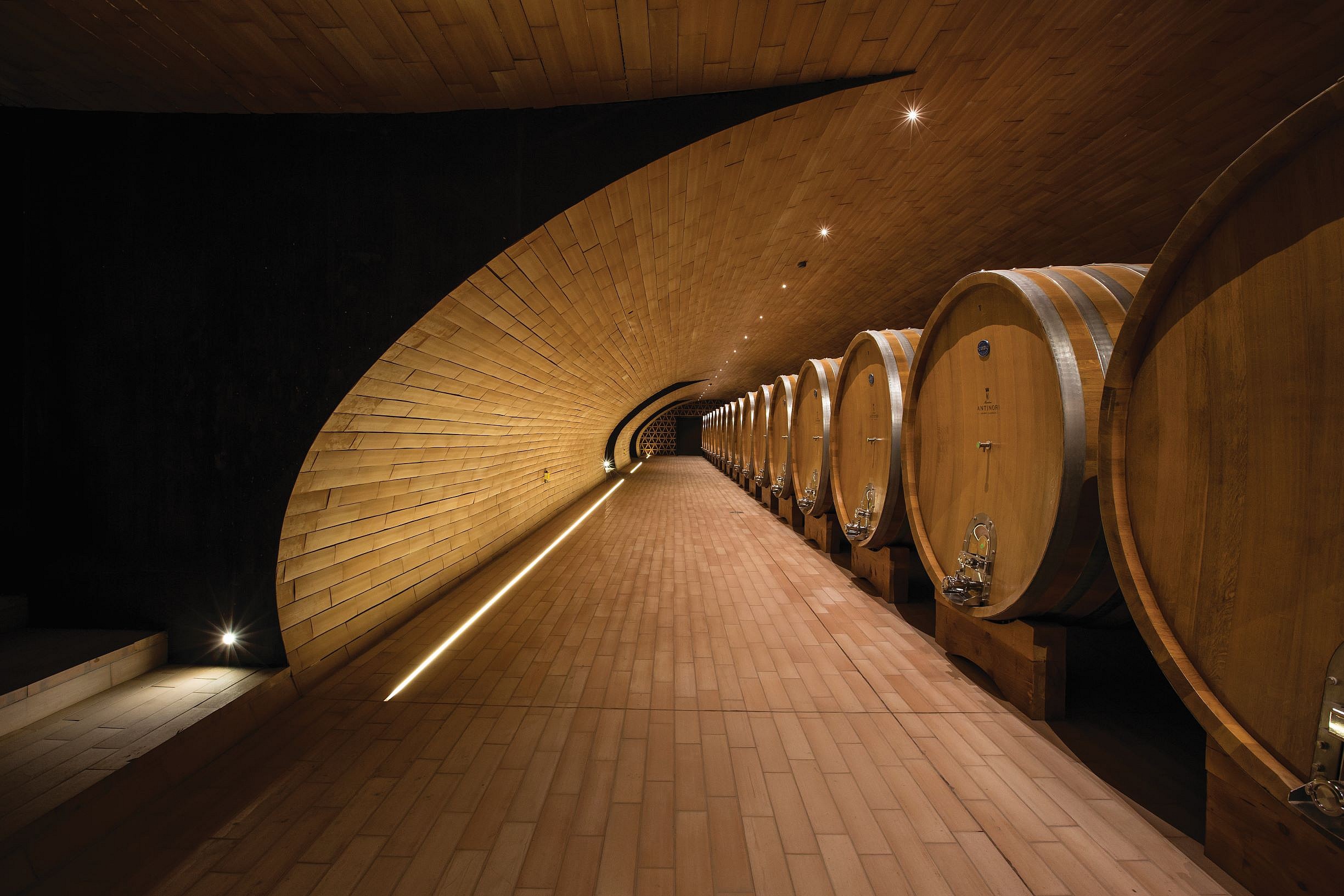
Baynes tells us that this summer, Baccarat Hotels & Residences had been planning to break ground on a new ultra-luxury wine and food-focused resort located at the historic Château Carignan wine estate. The property has the potential for hotel rooms along with resort residences, and one key feature will be a wine club where “members can buy into the ownership of the winery itself and have access to one of the most prestigious wine collections [and] cellars anywhere in the world, from which they can consume and collect to their hearts desire.”
Bordeaux’s scenery and landscapes are “truly stunning,” Baynes says, “steeped with history—think Joan of Arc and Eleanor of Aquitaine—and medieval châteaux, as well as the more common 18th and 19th century architecture that reflected the wine boom at that time.” And in addition to the region’s dozen or so Michelin-starred restaurants, “it’s one hour’s drive to the best beaches and surfing in Europe and just two hours to the ski slopes, all set in the number one wine market in the world,” he notes.
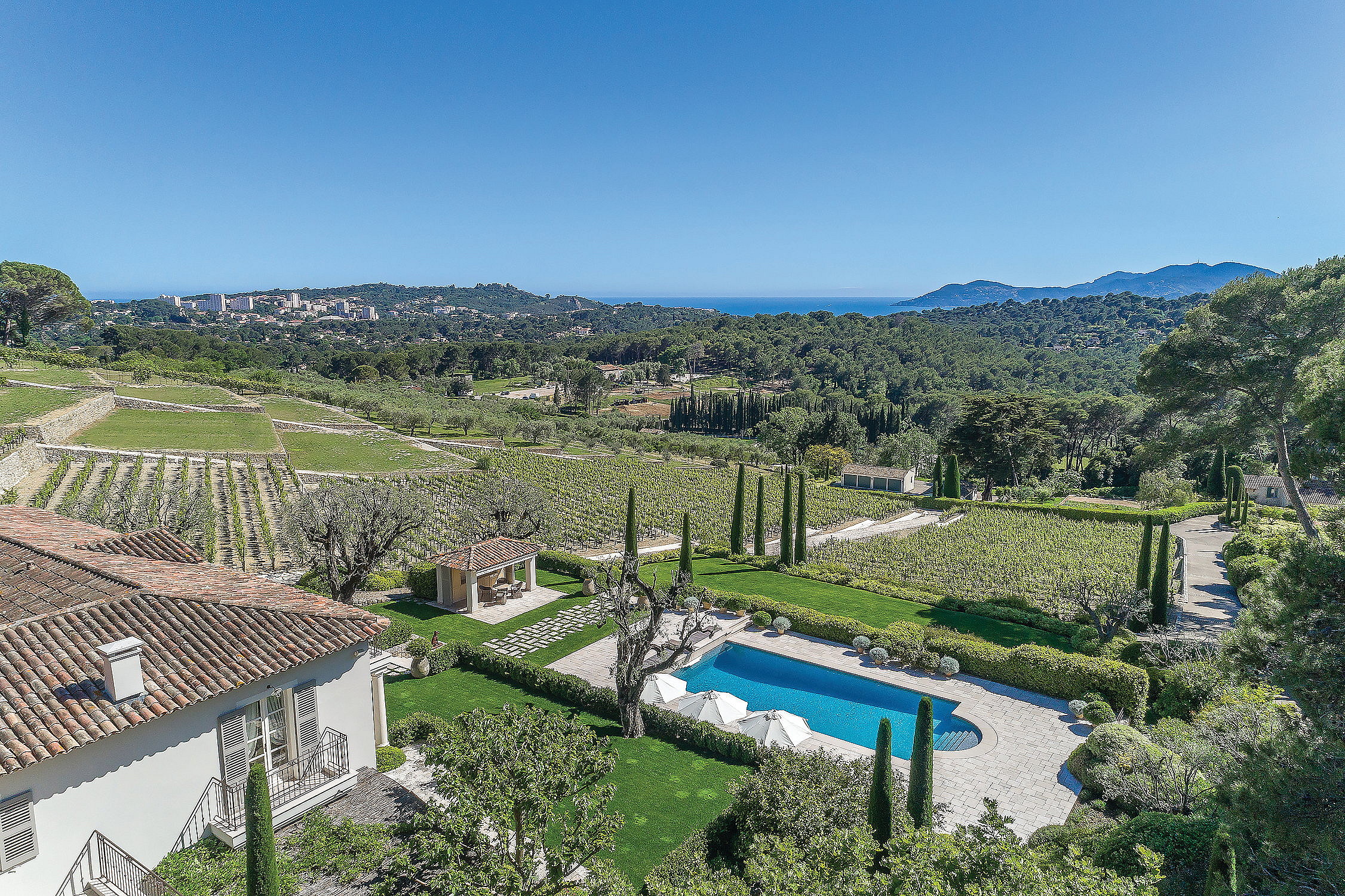
As for smart buys in vineyard real estate, Baynes points to the tiny appellations immediately next to the world-famous Saint-Émilion such as Saint-Georges-Saint-Émilion, Montagne Saint-Émilion, Lussac Saint-Émilion and Puisseguin Saint-Émilion, which “all carry the Saint-Émilion name and brand and have all the attributes of their big brother next door, but in our opinion are underpriced and an excellent purchase right now.”
Buying and running a successful winery are of course two very different things. In 2002 entrepreneur Kevin Buckler founded a boutique winery called Adobe Road in Petaluma, California, after looking at established wine properties elsewhere in Sonoma County and in nearby Napa. “I started out making wine as a hobby with a small circle of my close friends,” he tells us. “We’d come together and make a barrel of Cabernet or Zinfandel, just to enjoy amongst ourselves. After a few go-arounds, I thought, ‘let’s really do this!’ I bought out my partners, gave our project a name with Adobe Road, and got to work.”
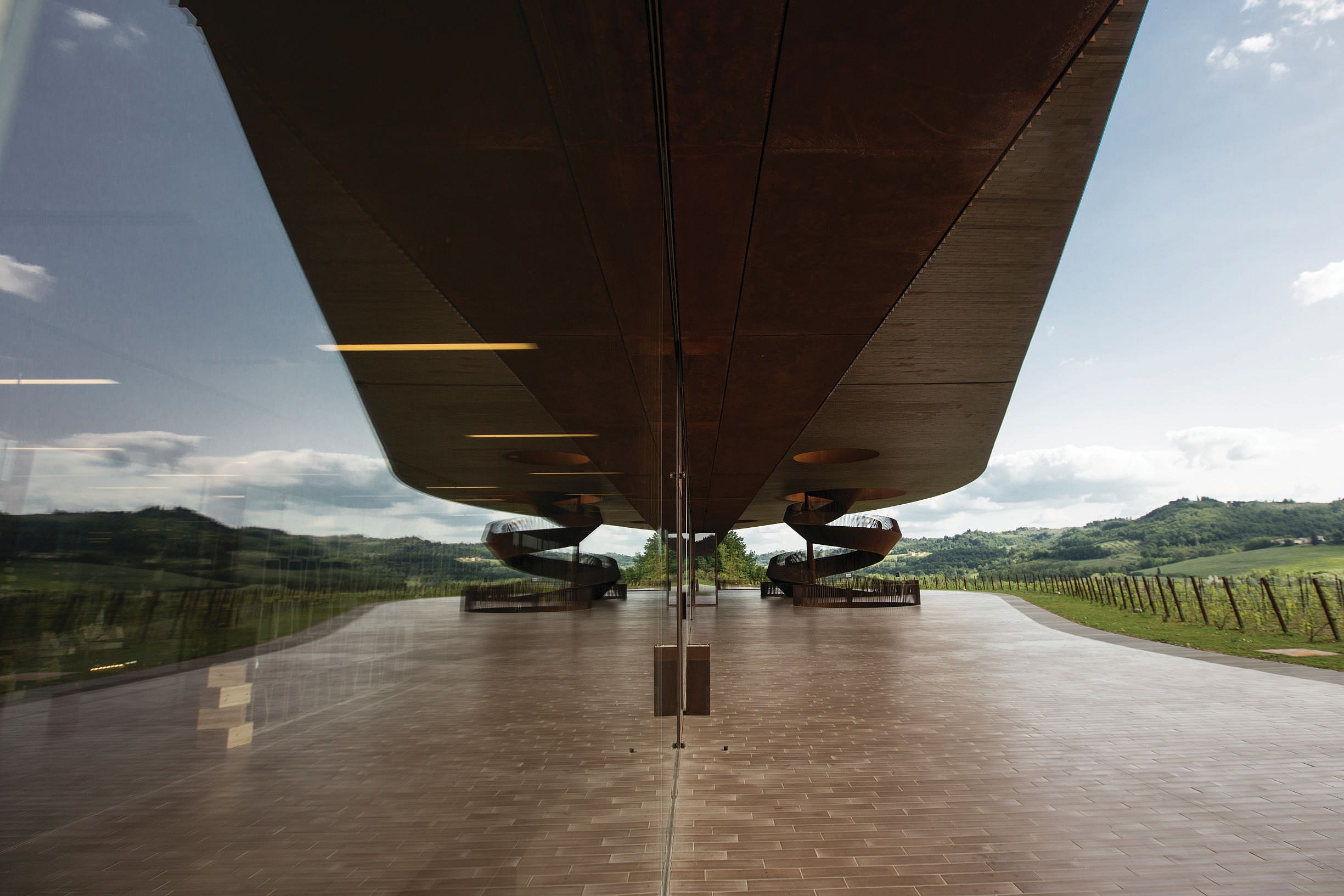
The main thing to remember, Buckler says, is that “wine is a complicated, relationship-based business.” In that regard it resembles Buckler’s other passion: racing. He has won first overall at the Rolex 24 at Daytona in addition to racking up three other wins at the legendary endurance race, and also scored a GT class win at Le Mans. He has more than 30 racing victories to his credit, mostly won at the wheel of various Porsche 911s. It’s a total he is constantly adding to with his successful team, The Racers Group (TRG).
“I run my winery in a similar way to how I run my racing team,” he tells us, “and I know that, to survive in the racing world, you have to do more than one thing—we service race cars, we transport them all over the country, we do professional events, corporate hospitality and much more. It’s no different with Adobe Road; to make the business a success, a competitive spirit is key.”
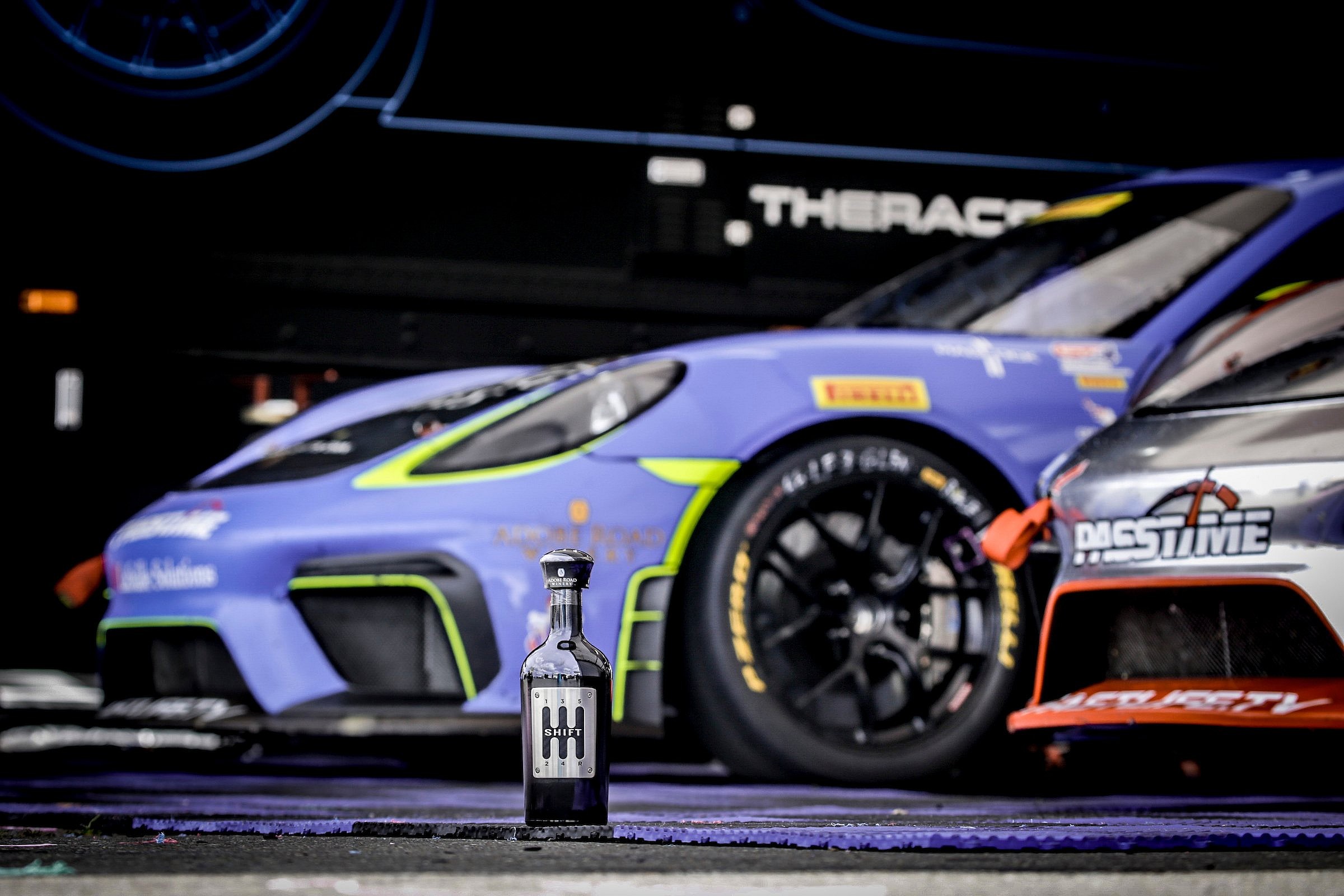
That’s evident in his recent Adobe Road offering, The Racing Series, an acclaimed collection of four wines inspired by his illustrious career in motorsports, named Shift, Apex, Redline and The 24.
Shift, a blend of Zinfandel, Barbera, Grenache, Petite Sirah, and Carignane, comes in a bottle with a metal label that resembles the gated gearshift on a classic Ferrari, while the cork is topped with a five-speed shift knob. Redline, a blend of Cabernet Sauvignon, Zinfandel, Syrah, Petite Sirah, and Malbec, has a label that is silk-screened with a vintage tachometer representing Buckler’s very first racing victory. Apex, a blend of Cabernet Sauvignon, Syrah, Merlot and Petite Sirah, is decorated with the apex section of a racetrack on the label. And The 24, a blend of Grenache, Mourvèdre, Syrah and Malbec, features a metallic Rolex Daytona-style chronograph, in tribute to the timepieces awarded to winning drivers at the race.
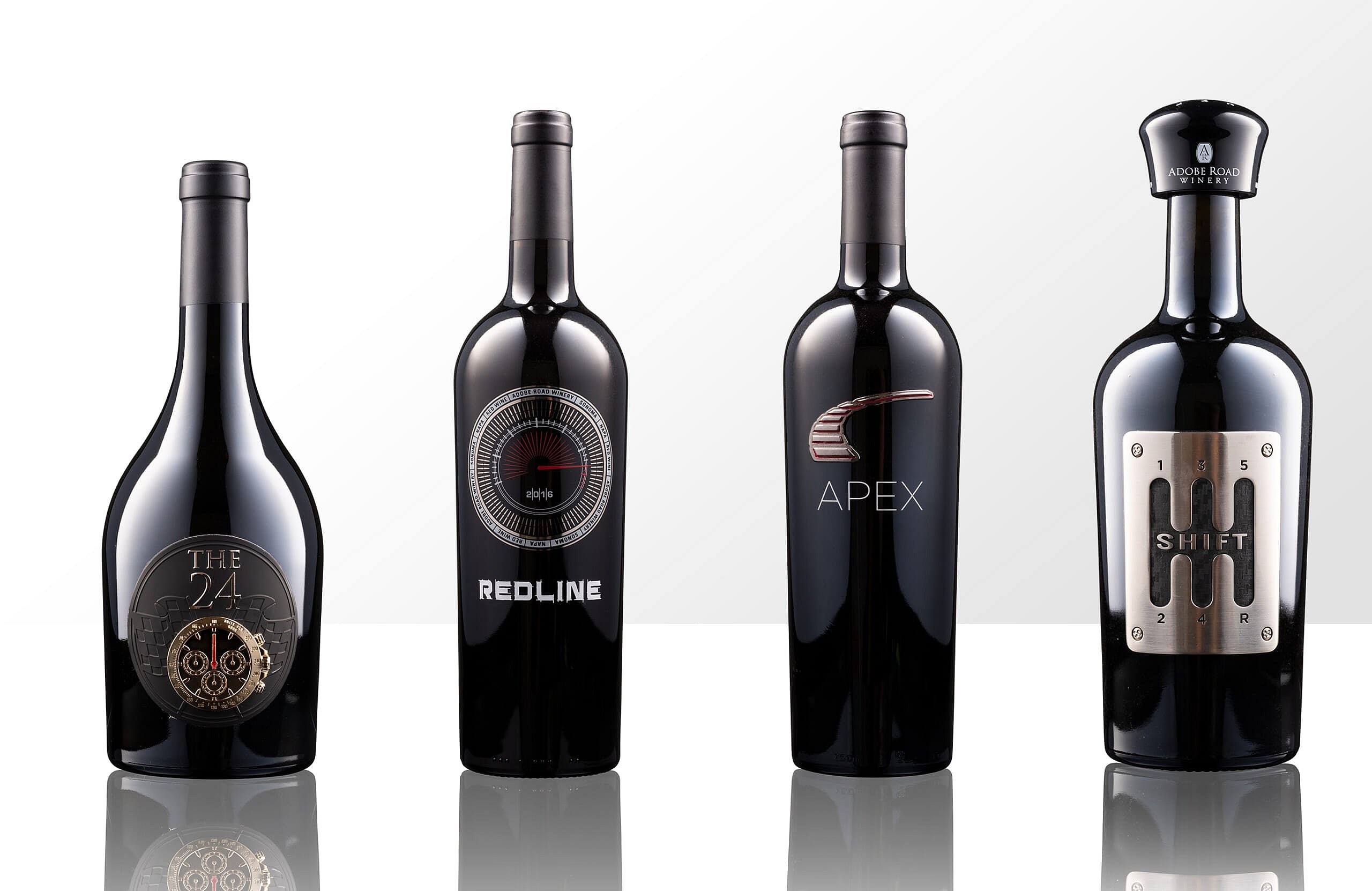
In October, he broke ground on the first-ever waterfront winery in downtown Petaluma, complete with a tasting room, banquet facilities, corporate meeting suites, an exclusive wine club-only VIP area, and a car museum. Call it the California version of what Baccarat reportedly plans to do at Château Carignan.
“It gives us a chance to not only embrace what’s happening in the industry but where the industry is heading,” Buckler says. Something aspiring wine estate owners would do well to take note of.
